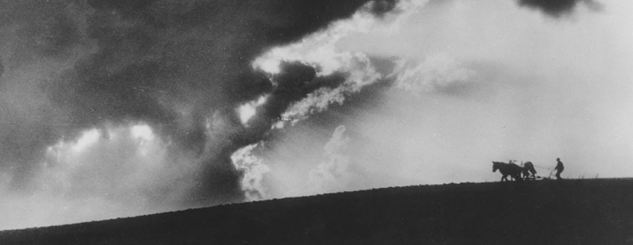STEINER, RALPH (8 Feb. 1899 - 13 July 1986) was a pioneering still photographer and cinematographer who was born in Cleveland. Steiner’s style was noted for its clean, geometric compositions that depicted the towering, automated grandeur of American industrial modernity. He was credited as being a key figure in bringing a photographic response to the movements of Cubism and Futurism.
Steiner graduated from Dartmouth College with a degree in chemistry in 1921. It was at Dartmouth that he was first exposed to photography under the tutelage of a science professor. After he graduated from Dartmouth, Steiner moved to New York City where he studied at the Clarence W. White School of Photography - a school that also produced such photographic luminaries as Dorthea Lange and Margaret Bourke-White. By the late 1920’s, Steiner befriended Paul Strand who would prove to be a significant influence on his career. During his association with Strand he began to explore filmmaking with unapologetically experimental films like “H20” which applied movement to his compositional sensibilities. By the late-1930’s Steiner began making social-documentary films which were underpinned by an obligation toward social activism. Steiner’s most impactful work of this era was his cinematography for the New Deal funded film about the origins of the Dust Bowl, The Plow That Broke the Plains.
By the 1960’s Steiner relocated from New York City to Vermont. For the next two decades he engaged in a body of work entitled In Pursuit of Clouds: Images and Metaphors that consisted mostly of untitled photographs of cloud formations off of the coast of Maine and Oaoxa, Mexico, which was published in 1985. Steiner died the following year and was survived by his daughter, Antonia.
https://www.moma.org/artists/5631
https://www.mocp.org/detail.php?t=objects&type=browse&f=maker&s=Steiner,+Ralph&record=12
http://www.artnet.com/artists/ralph-steiner/biography


